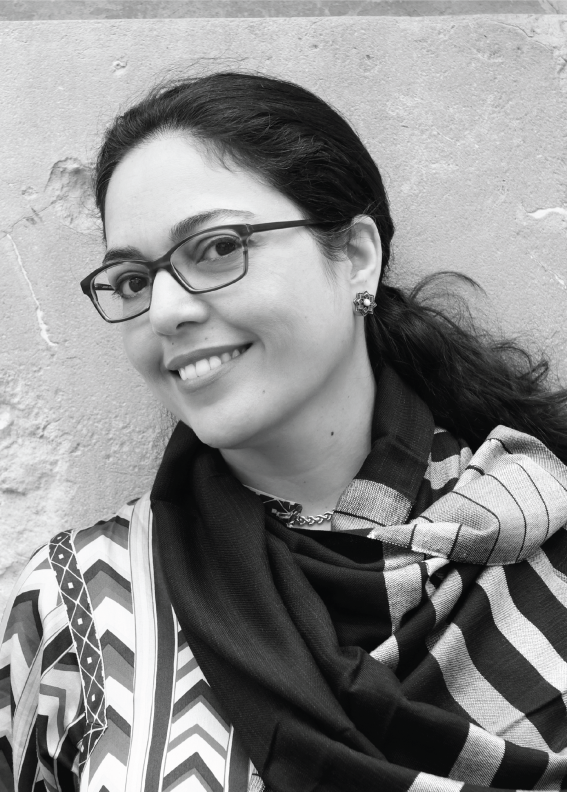We are closed and will open at 09:00 am

OMNIYA ABDEL BARR
DR OMNIYA ABDEL BARR is an architect specialised in Islamic art and architecture. She has experience in urban conservation, monument restoration and cultural heritage documentation and digitisation. She holds a PhD on Mamluk history from Provence University, Aix-Marseille, France (2015), an MSc in conservation from the Raymond Lemaire Center at KUL, Leuven, Belgium (2004) and a BSc in Architecture from the Faculty of Fine Arts, Helwan University, Egypt (2000). Currently, she is the Barakat Trust Fellow at the Victoria and Albert Museum in London, leading the digitisation project on the photographic collections of the renowned scholar of Islamic architecture Sir Keppel Archibald Cameron Creswell. In Cairo, she is working with the Egyptian Heritage Rescue Foundation on projects dedicated to rescue historic Cairo’s architectural heritage and preserve traditional craftsmanship.
The Mamluk Minbars of Cairo: Rescuing Art, Design and History
In the past two decades, Cairo’s Islamic monuments have been subject to looting and vandalism. While thefts have been occurring throughout the years, this situation rapidly increased after the instability of 2011. Today, the situation has improved, but the effects of the damage has significantly impacted some of the most important historic mosques. In 2012, the Egyptian Heritage Rescue Foundation began a systematic survey of thefts, which resulted in the realisation that the majority of attacks were targeting minbars (pulpits). But why? What do they represent? How valuable are these wooden structures? And is there a demand on the international art market? Action was desperately needed. In the spring of 2018, we launched a two-year project focussed on documenting and rescuing the Mamluk minbars of Cairo. The project expanded its research to include the geometrical designs and patterns and invited young architects and designers to explore and experiment. It also posed new challenges, especially with regard to restoration, and the understanding of the traditional skills needed to reproduce the missing parts. In this paper, I will be presenting the outcomes of this project, and explain how we succeeded to preserve this important religious heritage, while also engaging with questions related to the crafts linked to the making of a minbar. Rescuing the Mamluk minbars project was implemented by the Egyptian Heritage Rescue Foundation in partnership with the Egyptian Ministry of Tourism and Antiquities and with funding from the British Council’s Cultural Protection Fund in partnership with the UK’s Department of Culture, Media and Sports.

